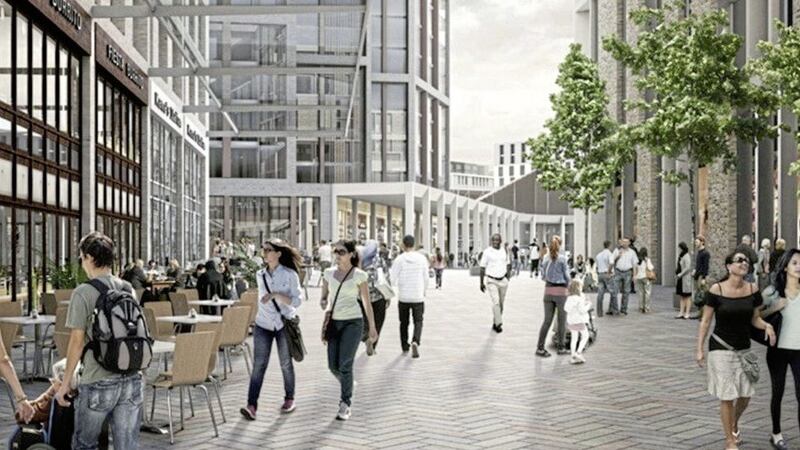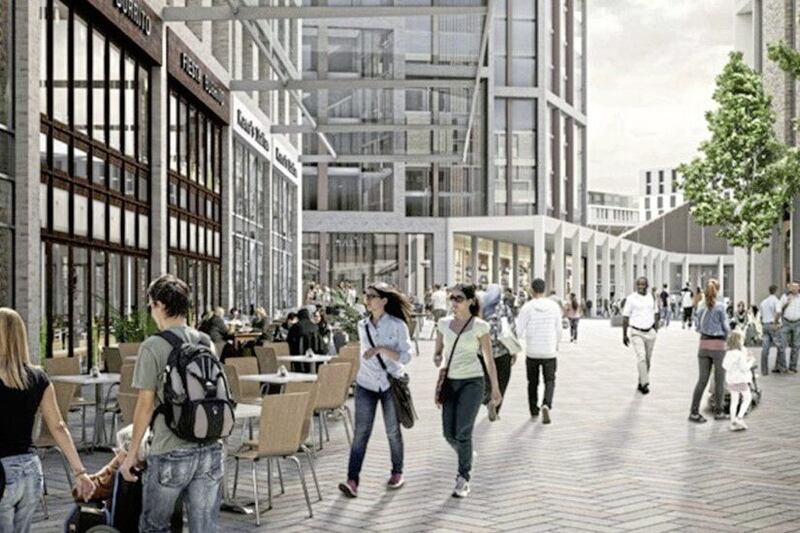AS businesses and corporations explore ways in which they can do their part to tackle the climate crisis, the role of commercial real estate cannot be understated. It’s estimated that a whopping 40 per cent of global annual Co2 emissions come from real estate.
While green considerations are more and more coming into focus during the construction and design of new buildings, it is also vital that existing properties implement long-term sustainable mechanisms to meet their climate obligations.
One way of achieving this is through green leases. These are leases of commercial premises which seek to incorporate clauses that push the landlord and tenant to be more environmentally responsible. This is not limited to reducing emissions and energy consumption. It also takes in issues like water management, waste management, use of sustainable materials, and green transport. And with investors, both private and public, increasingly keen to see strong ESG commitments from corporations, green leases may be an easy way to meet your own green targets.
Recent years have seen significant regeneration in Northern Ireland. In Belfast alone, there is the redevelopment of City Quays, the anticipated development of Translink’s Weaver’s Cross, as well as the former Sirocco site. With this ongoing regeneration and in the midst of the enduring climate emergency, the inclusion of green provisions in leases is becoming more commonplace in the Northern Ireland market.
In the legal space, we are certainly seeing it in negotiations, particularly where the tenant is a premium occupier and the landlord is a key landowner. However, unlike in England, Wales, and Scotland, the EPC regulations in Northern Ireland currently do not require a commercial premises to have minimum EPC rating of E before it can be let. The position, however, will inevitably catch up with that of the rest of the UK and we’re likely to see such a requirement down the line.
The age-old battle of service charge exclusions surrounding redevelopment and more recently “environmental performance” is also ongoing but there is ever increasing pressure on both parties to share the responsibility of improving the energy efficiency of commercial premises.
However, given the wealth of local talent in Northern Ireland, as well as the lower running and set up costs than the rest of the UK, there is no doubt it will continue to attract the type of occupiers who will be pushing green leases as part of their own ESG agendas.
That, coupled with anticipated changes in the EPC regulations to introduce a minimum rating, will see key landowners push green provisions as part of their commercial leasing agenda to ensure the sharing of cost.
It's likely that green leases will become increasingly popular as the onus on businesses of all sizes to help meet national net-zero targets becomes more prominent. Large retailers across the UK are already taking a proactive lead by implementing green leases across their property portfolios.
Getting out ahead of the pack now can give your business a lead in the market, both in helping to tackle the climate crisis but also to highlight your commitments to ESG and green obligations.
:: Hannah Boyd is senior associate at Eversheds Sutherland


